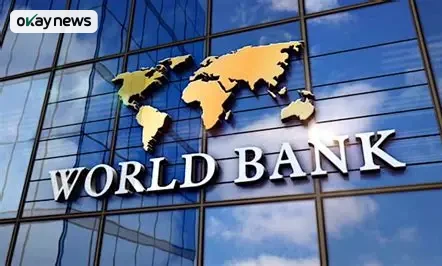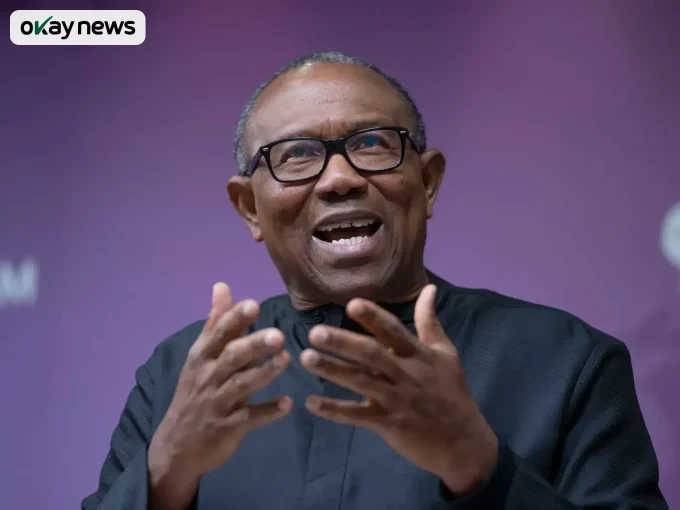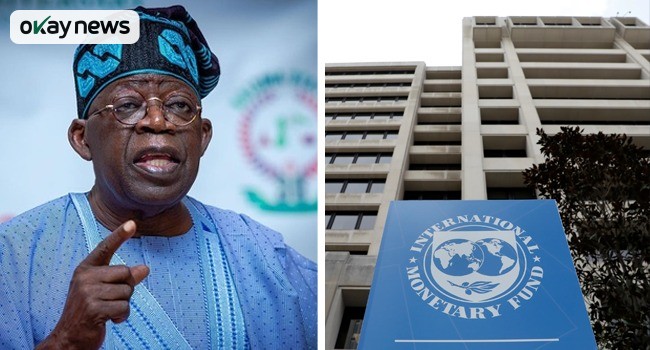The World Bank has expressed concern that Nigeria’s social safety net programmes are failing to reach most of the poor they are designed to support.
Okay News reports that in its latest assessment titled “The State of Social Safety Nets in Nigeria,” the Bank found that although 56 percent of beneficiaries of government social programmes are poor, only 44 percent of the total benefits actually reach poor households.
The report described this gap as a sign of inequality in benefit distribution, revealing that Nigeria’s safety net system, despite being broad in design, still falls short in directly supporting the most vulnerable citizens.
“While 56 per cent of the beneficiaries are poor, only 44 per cent of the total safety net benefits go to the poor,” the World Bank stated. “For each program category, the share of benefits going to the poor is lower than the share of beneficiaries that are poor.”
The Bank attributed the inefficiency to how benefits are allocated, explaining that most programmes—such as the National Social Safety Nets Project (NASSP)—distribute funds per household, not per individual. Poorer families, which often have more members, therefore receive smaller portions of the intended benefit.
“This inefficiency arises because benefit levels for most programs, including the NASSP cash transfer program, are determined at the household level, but poor people tend to live in larger households,” the report noted.
It highlighted the National Home-Grown School Feeding Programme (NHGSFP) as one model that targets individuals, though it remains limited in scope, reaching only children in grades one to three.
Analysts have since urged the Nigerian government to overhaul its social protection system, calling for real-time data integration, improved targeting, and stronger coordination among agencies.
In June, the International Monetary Fund also warned that Nigeria’s safety net remains inadequate to cushion vulnerable citizens from the impact of ongoing economic reforms.












